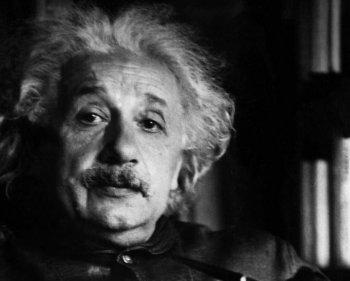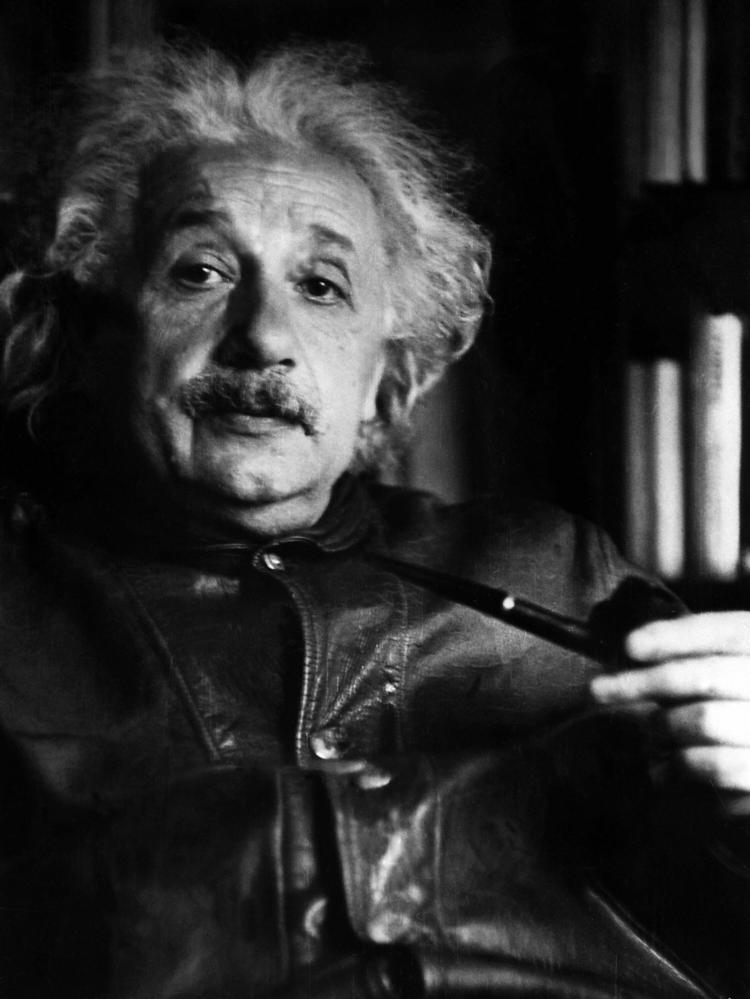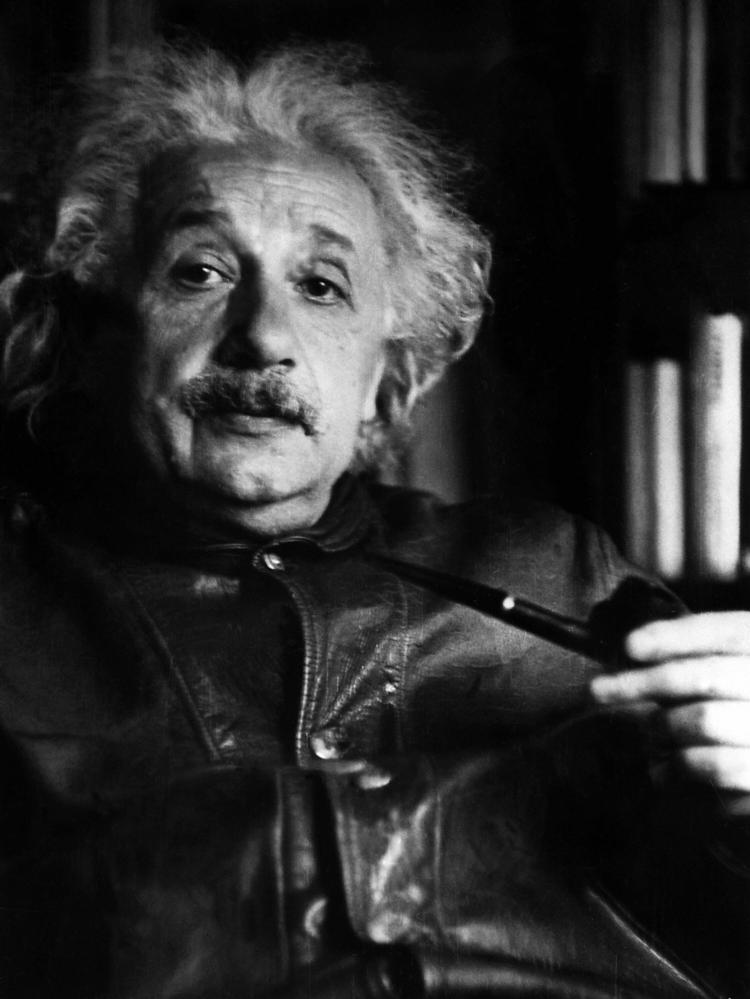Currently, there is a sense that modern science will continue to advance indefinitely and will eventually discover a complete and consistent theory of the universe. However, as much as modern science has been making great advances, it has also been discovering its limitations. Some of the greatest discoveries of modern science are the discoveries of its own limitations.
In different fields of modern Western culture that are deeply related to the development of modern science, again and again, at different times and by different people, fundamental limitations were discovered. These limitations reduce the scope of modern science.
In three key areas, the essential problems share the common issue of a paradox. At the heart of modern physics, the uncertainty principle persists even in more advanced theories beyond quantum mechanics. In formal logic, the best-known tool of modeling human reasoning and understanding quickly falls into paradox. Even in philosophy, which still plays an essential role in advancing modern sciences such as physics, dualism and paradox are inescapable in rational deductions about the nature of the universe.
Of course, modern science will continue to make advances in physics and less hard sciences like biology. However, certain fundamental issues cannot be resolved with more time and research. These limitations may suggest that the starting point of modern science, which forces the universe into a box, may be seriously flawed.
In this multipart series, we begin with physics.
The Beginning of the End of Classical Mechanics
When a piece of matter is heated, it starts to glow, gets red hot, and at higher temperatures becomes white. For a long time, known laws of radiation and heat failed to account for this common phenomenon. German physicist Dr. Max Planck, who is considered the founder of the quantum theory, struggled to provide a physical interpretation of the phenomenon at the atomic level.
Finally, after some intense work in 1900, Planck reluctantly concluded that a radiating atom can emit only discrete quanta of energy. He was reluctant about this conclusion because it goes against the well-established laws of classical physics which does not impose a fixed constant on levels of energy.
Later, Planck’s conclusion about the quanta of energy became an important foundation of quantum theory, and it was only the beginning of conflicts between the quantum theory and the more sensible classical theory of Newton. Classical mechanics is closely related to our everyday experience of the world. However, atoms and subatomic particles seem to have mysterious characteristics that are very different from our ordinary experience of the world.
The Rise of Quantum Mechanics
From persisting anomalies and accumulating experimental data, which contradict classical mechanics, physicists were forced to make a radical departure from the classical physics of Newton and venture on a long and winding road toward quantum mechanics.
Another German physicist, Dr. Werner Heisenberg, who discovered the uncertainty principle, said in his book “Physics and Philosophy: The Revolution in Modern Science,” “I remember discussions with Bohr which went through many hours till very late at night and ended almost in despair; and when at the end of the discussion I went alone for a walk in the neighboring park I repeated to myself again and again the question: ‘Can nature possibly be as absurd as it seemed to us in these atomic experiments?’”
Nevertheless, in spite of conceptual difficulties, quantum mechanics has become one of the most successful formalisms in modern science. In principle, quantum mechanics can describe the myriad of physical phenomena and chemical properties of matter to an incredible accuracy. And its applications greatly influenced the development of our modern, technological society.
Dr. Michio Kaku, a professor of theoretical physics at City College of New York, in his book “Beyond Einstein: The Cosmic Quest for the Theory of the Universe” wrote: “The consequences of quantum mechanics are all around us. Without quantum mechanics, a plethora of familiar objects, such as television, lasers, computers, and radio, would be impossible. The Schrödinger wave equation, for example, explains many previously known but puzzling facts, such as conductivity. This result eventually led to the invention of the transistor. Modern electronics and computer technology would be impossible without the transistor, which in turn is the result of a purely quantum mechanical phenomenon.”
The enormous success of quantum mechanics comes from its formalism that accurately describes a myriad of phenomena of microscopic things, but it is also in that microcosm where quantum mechanics has fundamental limitations.
The Uncertainty Principle
A central feature of quantum mechanics is Heisenberg’s uncertainty principle. According to this principle, it is impossible to measure both the position and the momentum of an atomic or subatomic thing at any given time. As the position is measured more accurately, the momentum will be measured less accurately, and vice versa. If a position is measured absolutely accurately, then the momentum becomes completely unknown, and vice versa.
Although Heisenberg introduced the uncertainty principle in 1927, it is just as relevant today. The inability to accurately measure both the position and momentum of microscopic things is not due to some limitation with current technology. According to many physicists, this is an inherent limitation, which cannot be resolved by any future advances in technology.
In “Beyond Einstein: The Cosmic Quest for the Theory of the Universe,” Kaku wrote, “The Uncertainty Principle makes it impossible to predict the precise behavior of individual atoms, let alone the universe.”
And, according to Dr. Brian Greene of Columbia University, one of the world’s leading string theorists, future advances in string theory will have to incorporate the uncertainty principle in order to become a complete theory that accounts for observable quantum phenomena. Greene explains in his book “The Elegant Universe: Superstrings, Hidden Dimensions, and the Quest for the Ultimate Theory” that the uncertainty principle is not just an issue of disruptions caused by measuring techniques:
“Even without ‘direct hits’ from an experimenter’s disruptive photon, the electron’s velocity severely and unpredictably changes from one moment to the next. [...] Even in the most quiescent setting imaginable, such as an empty region of space, the uncertainty principle tells us that from a microscopic vantage point there is a tremendous amount of activity.”
Heisenberg believed that the uncertainty principle arises from the dualism of atoms and subatomic particles’ property between wave and particle. This dualism is not just embedded in the mathematical scheme of quantum mechanics. The duality can also be inferred from simple experiments. Experiments seem to demonstrate that atomic and subatomic things have characteristics of both a particle and a wave.
A particle occupies a small area in space and can collide with other particles, like solid objects. On the other hand, a wave is spread out in space and can pass through other waves. These descriptions between particle and wave appear to be opposite and conflicting notions.
How can something be a particle and a wave at the same time? When a single electron is considered to be either a particle or wave and not both, an incomplete explanation of the observed phenomena will result. On the other hand, when the aspects of a particle and wave are combined to form a complete theory of observed phenomena, contradictions will result.
According to Heisenberg, attempts to describe atomic events in terms of classical physics lead to contradictions because those microscopic things are not like ordinary objects of our everyday experience.
In Newtonian mechanics, every object has a definite position and momentum at any given time, and the object will follow only a single path of motion. In other words, motion of matter is fully deterministic, where there is only one future outcome.
When the position and momentum of an object are known, then its motion can be predicted with precise mathematical calculations. Newtonian mechanics has been very successful in describing and predicting planetary motions in the heavens as well as events on Earth. However, it fails to describe the phenomena of atomic and subatomic events.
In contrast to the classical physics of Newton, according to Heisenberg, atomic events are, like the concept of potentiality in the philosophy of Aristotle, “a strange kind of physical reality just in the middle between possibility and reality.” In quantum mechanics, atomic and subatomic events are described in probabilities or tendencies.
Quantum mechanics introduced the concept of indeterminacy into the foundation of modern physics. This was a huge leap from the classical mechanics of Newton that dominated physics for centuries. And it was also a radical departure from the theory of relativity. Einstein rejected this interpretation of quantum mechanics on this very point of indeterminacy, and suggested in a letter to physicist Dr. Max Born that God does not play dice.
In “Physics and Philosophy: The Revolution in Modern Science,” Heisenberg wrote, “The change in the concept of reality manifesting itself in quantum theory is not simply a continuation of the past; it seems to be a real break in the structure of modern science.”
Issues of Interpreting the New Physics
Although quantum mechanics has been very successful, we must remember that quantum mechanics only describes and predicts observable physical phenomena; it does not describe the inner reality of physical matter. In fact, as quantum mechanics advanced, different and conflicting interpretations of quantum mechanics developed, even among eminent physicists.
One of the earliest interpretations of quantum mechanics is the Copenhagen interpretation, which was led by a Danish physicist, Dr. Niels Bohr. This interpretation states that “there is no deep reality,” and atoms, electrons, and photons do not exist like objects in our everyday experience. According to this interpretation, a phenomenon fully comes into existence only when it is observed. Bohr once described it this way: “There is no quantum world. There is only an abstract quantum description.”
On the other hand, Einstein was a “realist,” and he believed that quantum mechanics is simply incomplete and that there is a hidden deterministic reality behind quantum phenomena that may be discovered in the future. Although Einstein was in a very small minority of physicists with this view, there are eminent physicists who also made great contributions to the development of quantum mechanics and were realists too.
Planck believed in an objective world that is independent of an observer and adamantly opposed the indeterministic worldview of Heisenberg, Bohr, and Born. Dr. Louis de Broglie, who is best known for his discovery of the wave nature of electrons, was aligned with the statistical interpretation, but after struggling with it for many years, finally settled on a realist position. Dr. Erwin Schrödinger, who developed wave mechanics, was also a realist, and he devoted much of his later life in opposing the statistical interpretation of quantum theory that he had done so much to create.
About a decade after the passing of Einstein, Irish physicist Dr. John Stewart Bell demonstrated that the realist position requires that certain forces must be able to travel faster than the speed of light to account for observable quantum phenomena. And since this contradicts the foundation of the well-established theory of relativity, many physicists reject the realist position.
In 1957, Dr. Hugh Everett III introduced the many-worlds interpretation, which seems to resolve the quantum measurement problem. In the many-worlds interpretation, parallel universes are created for different possible outcomes from each act of measurement. For example, when a coin is tossed, although we observe only one outcome, other possible outcomes are supposed to occur in parallel universes that are instantly created. This interpretation is considered to be absurd by notable physicists and philosophers.
These are only a small sample of attempts to give a complete interpretation of quantum mechanics. There are many interpretations. Dr. Nick Herbert compared eight of them (including the ones mentioned above) and wrote in his book “Quantum Reality: Beyond The New Physics”: “An astonishing feature of these eight quantum realities, however, is that they are experimentally indistinguishable. For all presently conceivable experiments, each of these realities predicts exactly the same observable phenomena [...] All of them without exception are preposterous.
The Epoch Times publishes in 35 countries and in 19 languages. Subscribe to our e-newsletter.




